


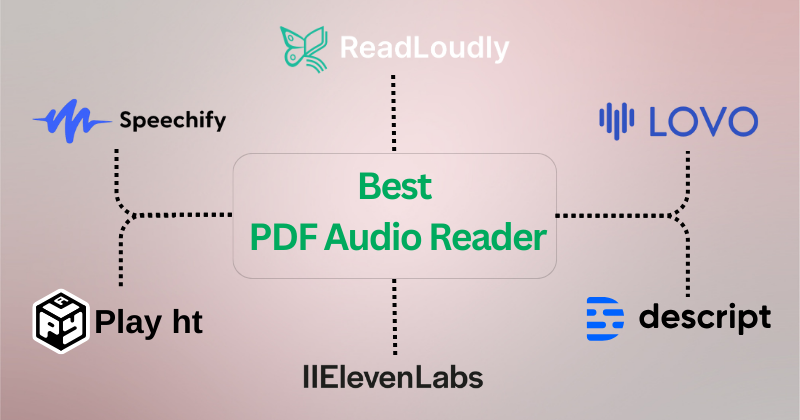
Ever feel like you can’t keep up with your reading?
The problem is all those PDFs. You have important documents to read.
But who has the time to sit and read them all?
It’s frustrating when you need to finish a long report.
What if your eyes are tired?
What if you’re out and about? PDF audio readers solve this exact problem.
They turn your documents into audiobooks.
In this article, we’ll examine the 9 best PDF audio readers and find the best fit for your needs.
What is the Best PDF Audio Reader?
Choosing the best PDF audio reader can be tough. There are so many options out there.
To help you, we’ve made a list of the top tools available.
We looked at how well they work and how easy they are to use.
Here are our recommendations.
1. Readloudly (⭐️4.8)
Readloudly is a popular choice for many users.
It’s a simple, easy-to-use tool that focuses on what you need.
You upload your PDF, and it starts reading.
It’s ideal for those seeking a quick solution with minimal extra features.
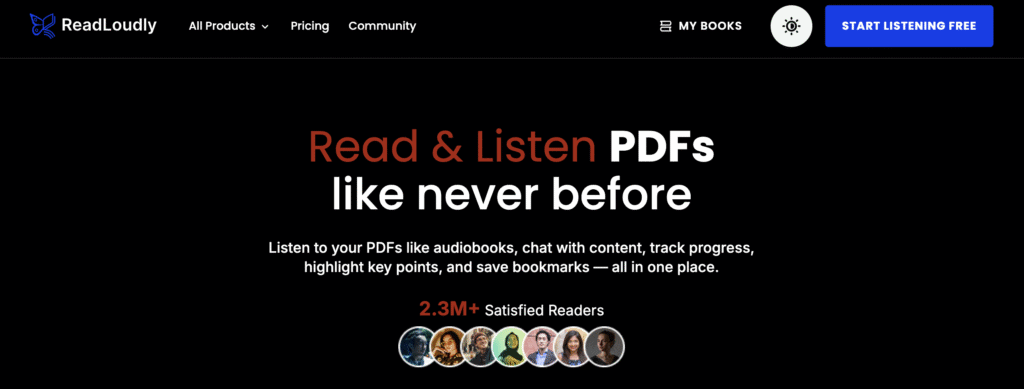
Our Take
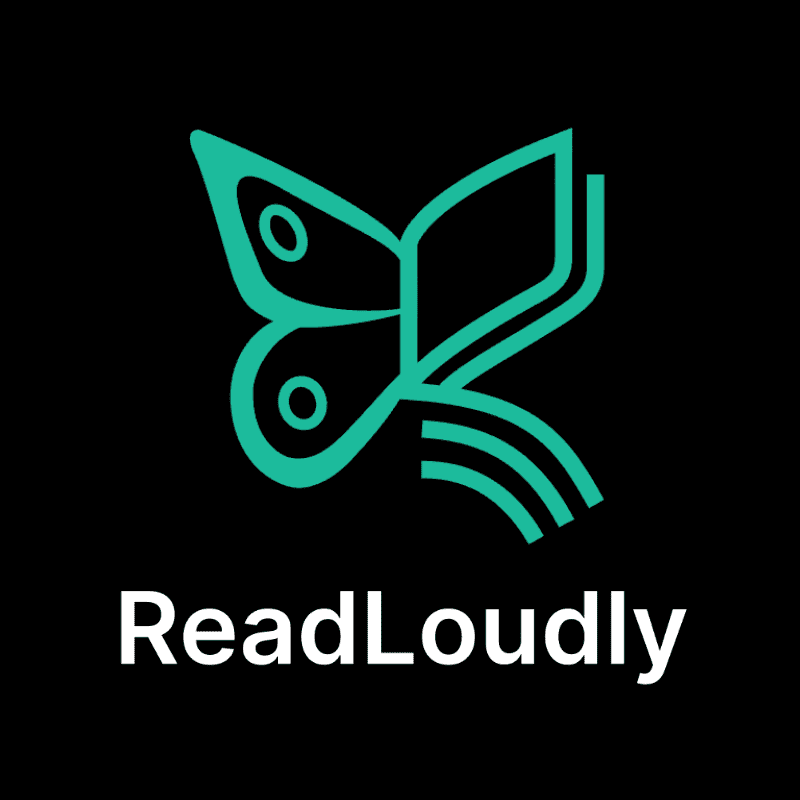
Readloudly works really well, and the voices are high-quality. But, I think it could offer a bit more for the price, and the free plan is too restricted.
Key Benefits
- Enjoy realistic voices for your projects.
- Hear what your documents sound like.
- Get your work done more quickly.
- Listen to articles, books, and more.
- Listen to text on any of your devices.
- Convert your text into different languages.
Pricing
- Free Plan: No cost, but with limited features.
- Core: $4.17/month
- Pro: $15.83/month

Pros
Cons
2. ElevenLabs (⭐️4.5)
ElevenLabs is known for its high-quality, natural-sounding voices.
The voices are incredibly realistic, so it doesn’t sound like a robot is reading to you.
It’s a top pick if you care about a high-quality, human-like listening experience.

Our Take

ElevenLabs’s voice quality is simply the best I’ve heard. Voice cloning is a game-changer. It’s just a little pricey, but for the quality, it’s worth it.
Key Benefits
- Generate ultra-realistic voices with emotions.
- Access over 70 languages for global reach.
- Clone your voice for personalized content.
- Create natural narration for any project.
- Dub and translate content instantly.
Pricing
- Free Plan: Get 10,000 characters per month.
- Starter Plan: Starts at $ 4.17 per month
- Creator Plan: Starts at $18.33/month.
- Pro Plan: Starts at $82.5/month.
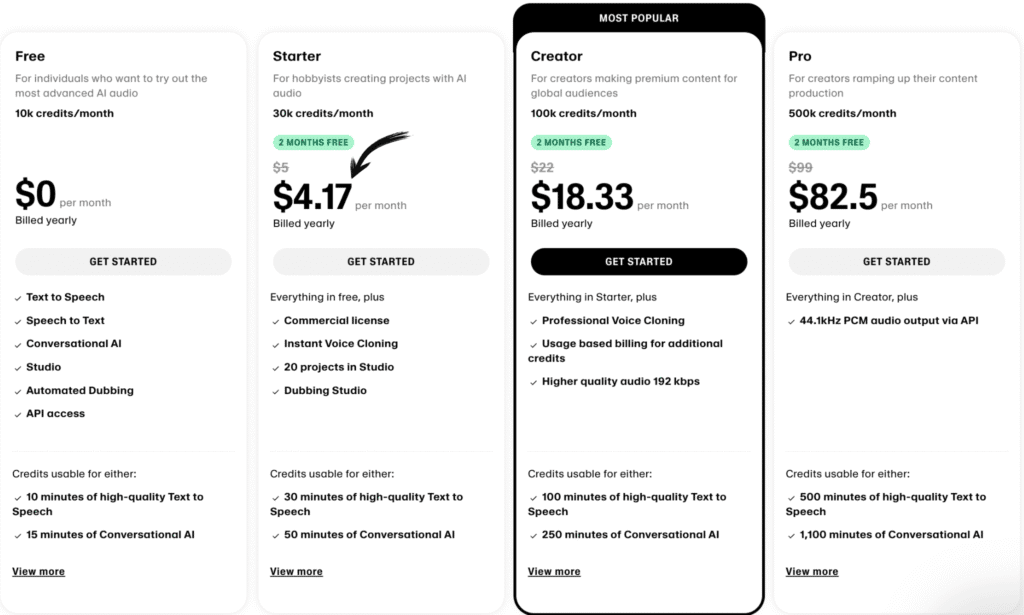
Pros
Cons
3. Speechify (⭐️4.2)
Speechify is a versatile tool. It can read all sorts of files, not just PDFs.
It also has features like synchronized text highlighting, so you can follow along easily as it reads.
This makes it a great choice for students or anyone who wants to improve their reading comprehension.
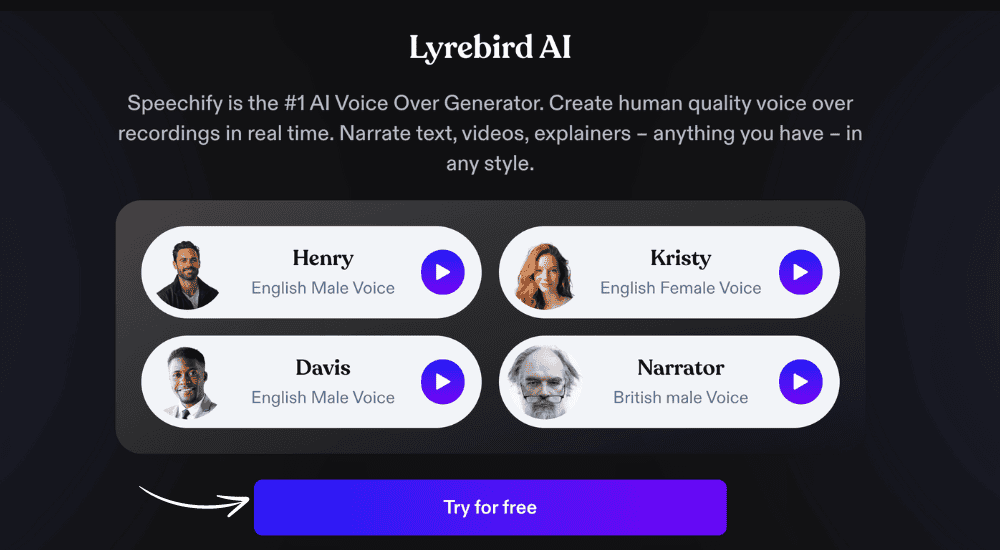
Our Take

Speechify has high-quality voices, and its accessibility features are outstanding. However, the limited trial and word limit on premium voices prevent it from getting a perfect score.
Key Benefits
- Over 200 high-quality voices.
- More than 60 different languages.
- Reads text from images and PDFs.
- Adjustable reading speed up to 5x.
- Seamlessly integrates with browsers.
Pricing
Speechify offers a free plan with basic features. For more advanced options, there are premium plans.
- Free Plan: Includes limited, robotic-sounding voices and basic text-to-speech features.
- Annual Plan: $11.58/month.
- Monthly Plan: $29/month.
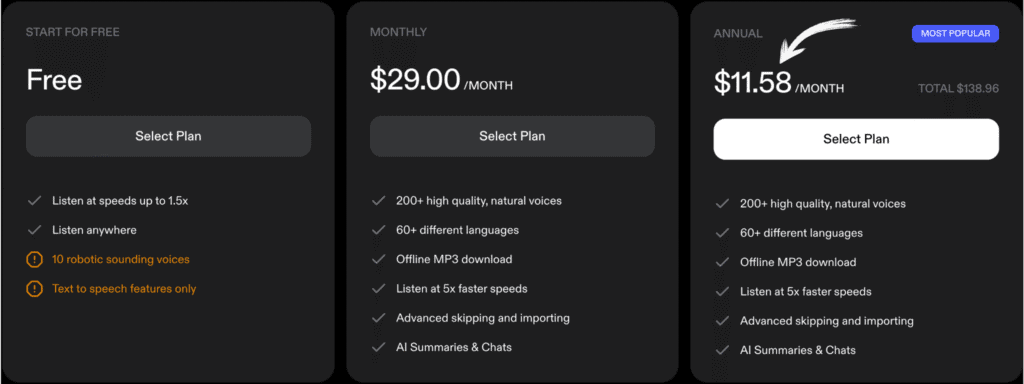
Pros
Cons
4. Murf (⭐️4.0)
Murf is a powerful tool with a lot of features.
It gives you a huge library of voices to choose from.
You can also customize things like pitch and speed.
It’s perfect for people who want to fine-tune their audio experience.
Murf offers a studio-quality platform for creating realistic AI voices.
It has a huge library of voices and accents, making it perfect for marketing videos, e-learning, and presentations.
You can easily edit the audio right in the app.

Our Take

Murf is an incredibly comprehensive tool with a lot of features. The large voice library and studio features set it apart. It’s a bit expensive, but a solid choice.
Key Benefits
- Generate voiceovers with emotional tones.
- Access a large library of voices.
- Use a full studio for video and audio.
- Easily make voices sound more human.
- Collaborate with your team seamlessly.
Pricing
- Free Plan: Try all 200+ voices for 10 minutes of voice generation. No credit card needed.
- Creator Plan: $19/month
- Growth Plan: $66/month
- Business Plan: $199/month
- Enterprise Plan: Custom pricing
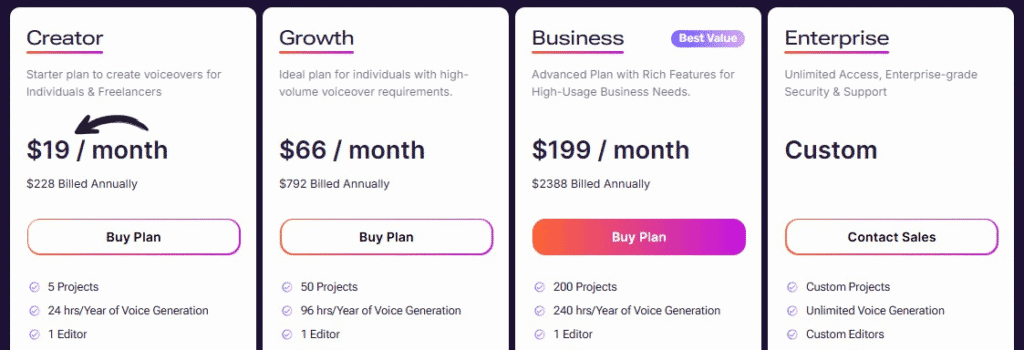
Pros
Cons
5. Play ht (⭐️3.8)
Play ht stands out with its voice cloning feature.
You can create a digital copy of your own voice to read documents.
It’s a unique option for personal use or for creators who want a consistent, branded voice.
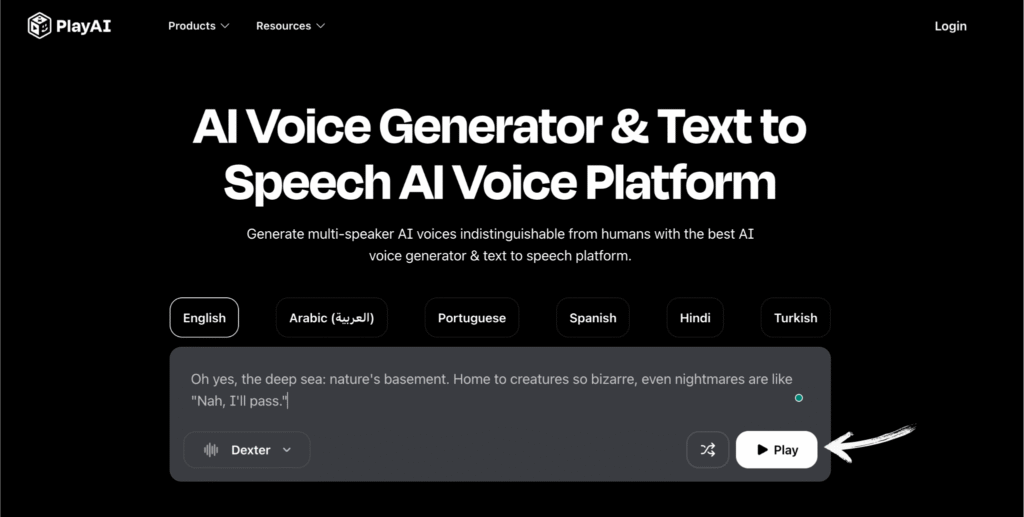
Our Take

Play ht is a fantastic tool for creating realistic audio. The voice quality is great, but the pricing is not as simple as I’d like.
Key Benefits
- Get access to a vast voice library.
- Clone your voice easily.
- Add emotional tones to your voice.
- Download your audio in high quality.
- Create content in many languages.
Pricing
- Free Trial: Ideal for testing the platform
- Creator Plan: For $31.20/month, you get 150,000 words.
- Unlimited Plan: For $99/month, you get unlimited voices.
- Enterprise Plan: Contact them for custom quotes.
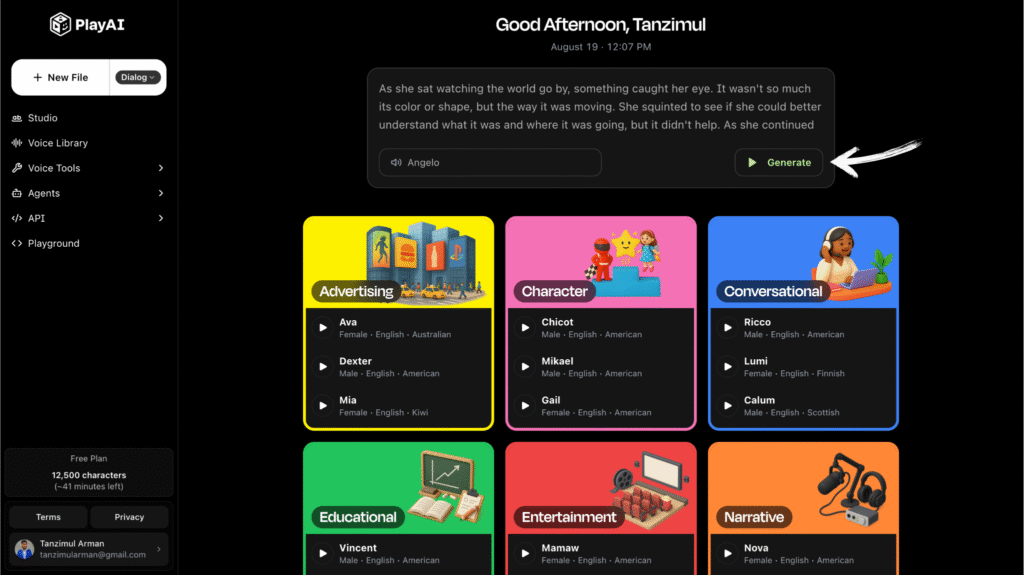
Pros
Cons
6. Descript (⭐️3.5)
Descript is a bit different. It’s an all-in-one audio and video editor.
It can transcribe your PDFs, and then you can edit the audio by simply editing the text.
It’s an excellent choice for content creators who need to work with both text and audio.
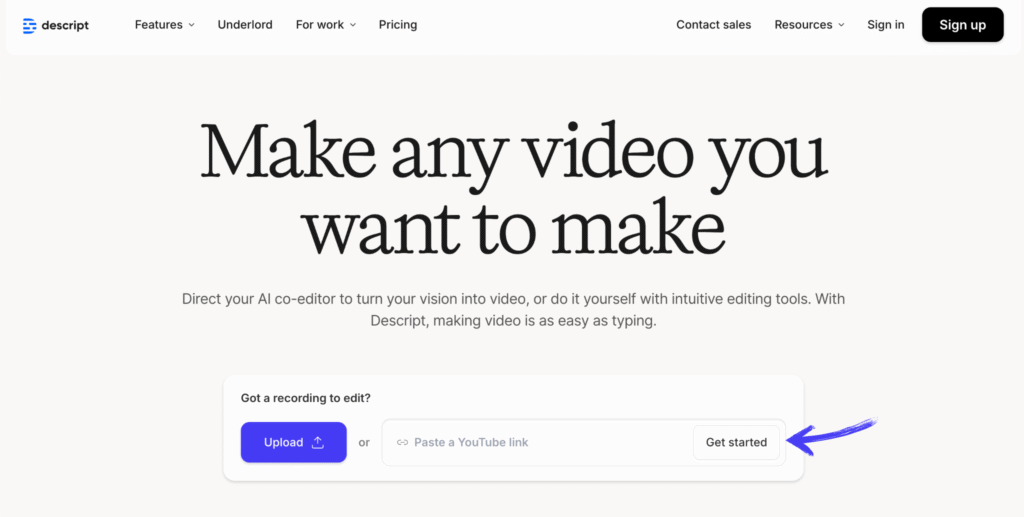
Our Take
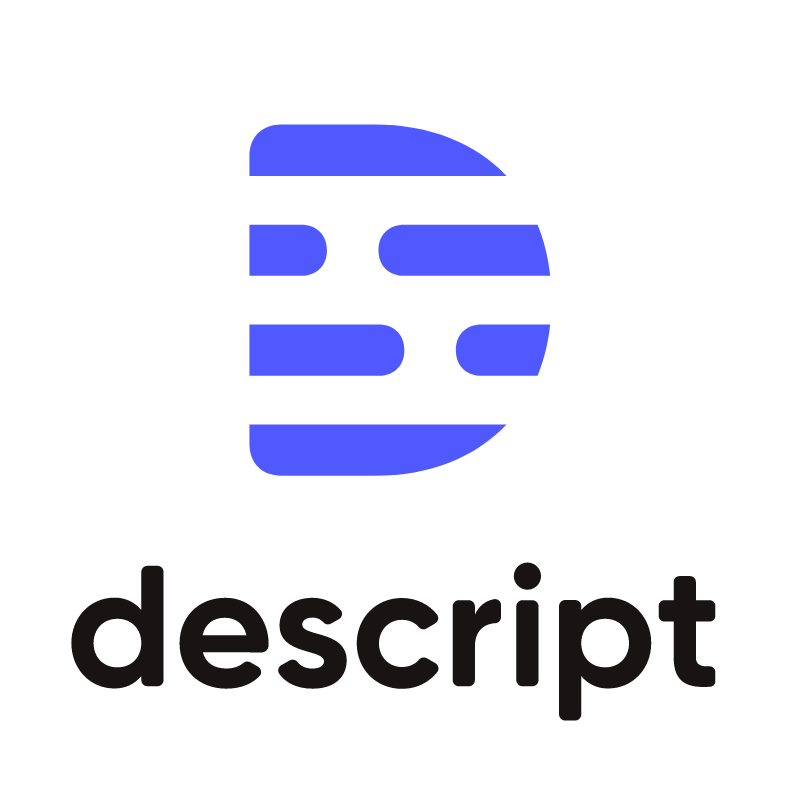
Descript is an incredible tool for professional content creators. The text-based editing and filler word removal save so much time. It’s not just a TTS tool; it’s a full studio.
Key Benefits
- Edit audio by simply editing text.
- Clone your voice for fast edits.
- Remove filler words automatically.
- Transcribe your audio and video.
- Get studio sound quality with AI.
Pricing
- Free: $0
- Hobbyist: $16/month.
- Creator: $24/month.
- Business: $50/month.
- Enterprise: Custom pricing based on your needs.
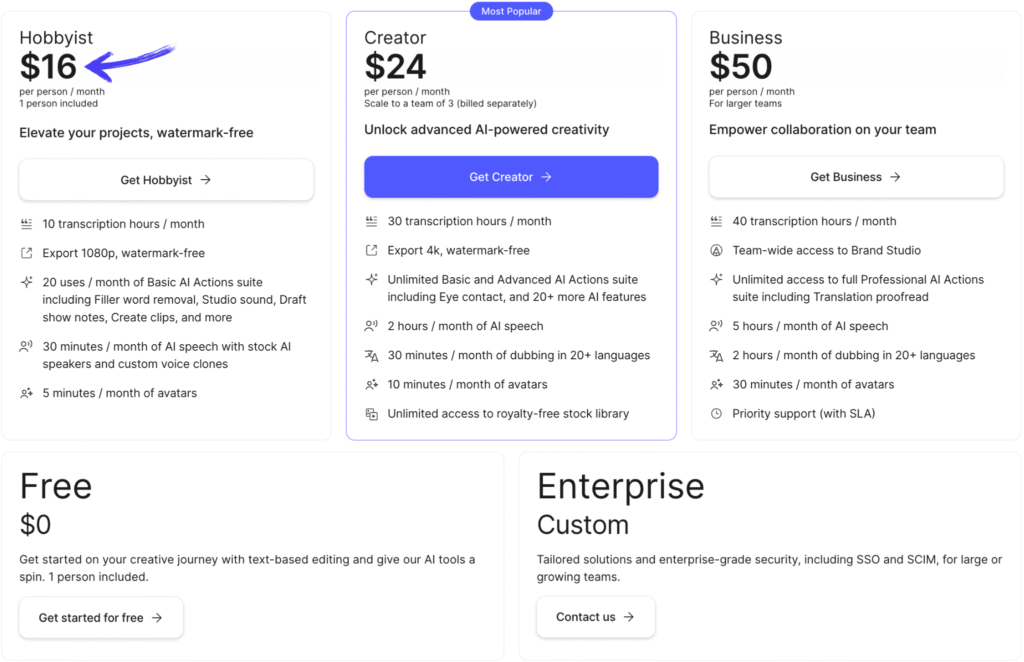
Pros
Cons
7. LOVO AI (⭐️3.2)
LOVO AI is a good tool for expressive voices.
It can add emotion and different tones to the reading.
This makes it a great pick for reading fiction or scripts where a plain voice won’t do.
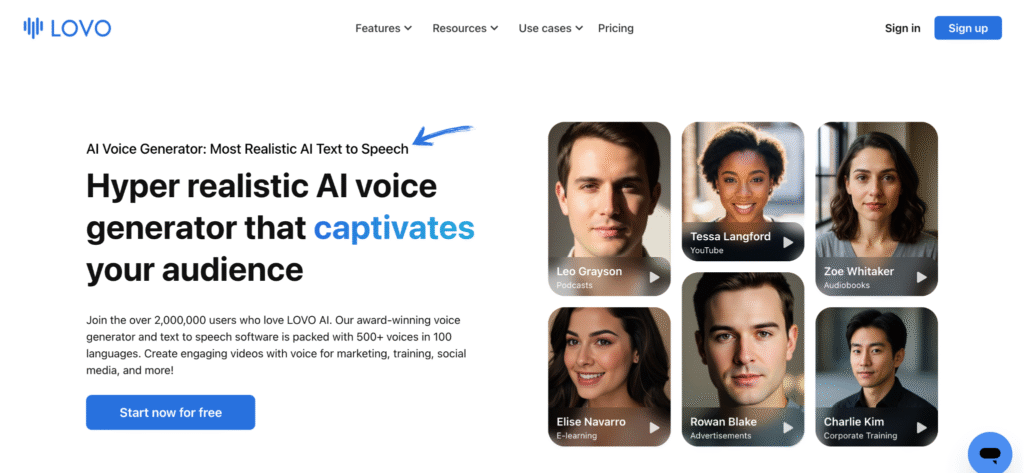
Our Take

LOVO AI is a solid platform with a lot of features. The huge number of languages and voices is great. I wish the user experience were a little smoother.
Key Benefits
- Choose from over 500 AI voices.
- Generate subtitles automatically.
- Use the built-in video editor.
- Translate content into 100 languages.
- Get commercial rights for all content.
Pricing
- Basic: $10/month.
- Pro: $48/month.
- Pro+: $149/month.

Pros
Cons
8. Podcastle (⭐️3.0)
Podcastle is a solid option for converting your PDFs.
It’s simple and gets the job done.
It’s also a collaborative platform, so it works well if you need to share or work on projects with others.
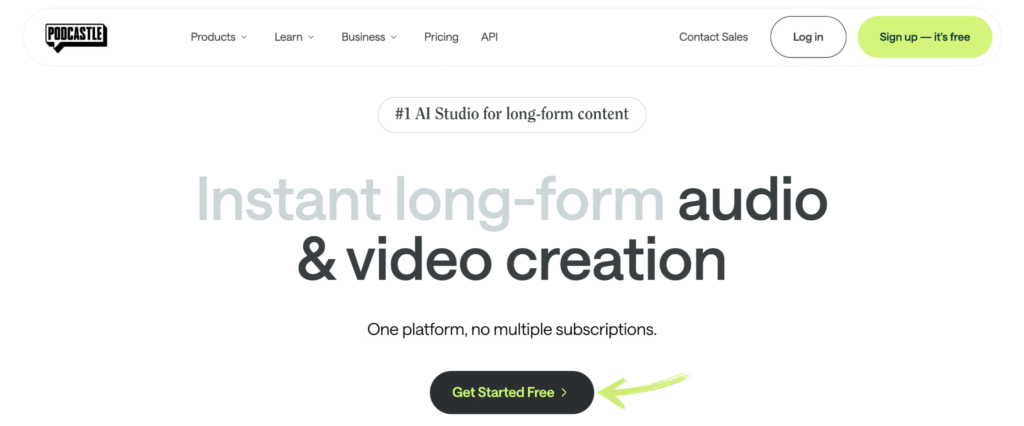
Our Take

Podcastle is a great tool if you’re a podcaster. The noise removal is fantastic, but it’s not the best for general TTS use.
Key Benefits
- Create a clone of your voice.
- Record and edit audio easily.
- Remove background noise with AI.
- Use a simple, modern interface.
- Turn text into natural-sounding audio.
Pricing
- Essentials: $11.99/month.
- Pro: $23.99/month.
- Business: $39.99/month.
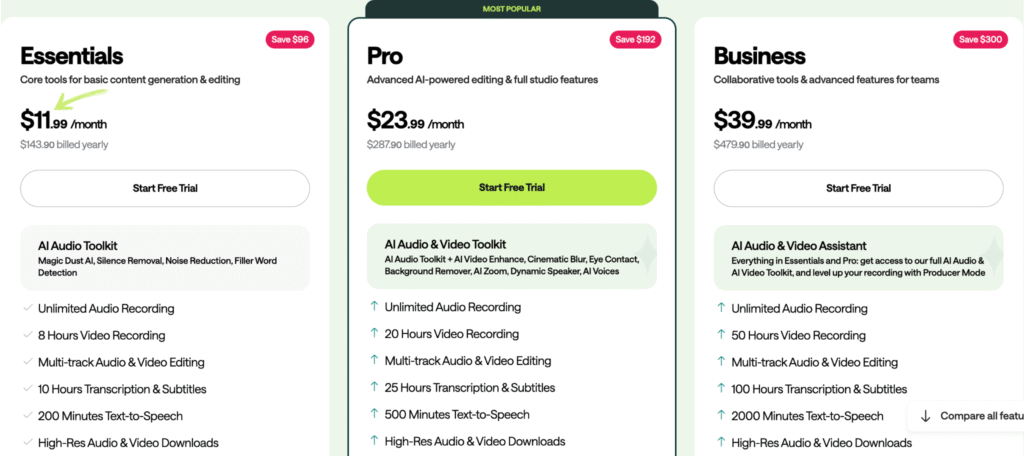
Pros
Cons
9. Dupdub (⭐️2.8)
Dupdub is another good tool for turning text into speech.
It offers a wide range of voices and customization options.
It also includes features for creating video content, which makes it a versatile tool for different needs.
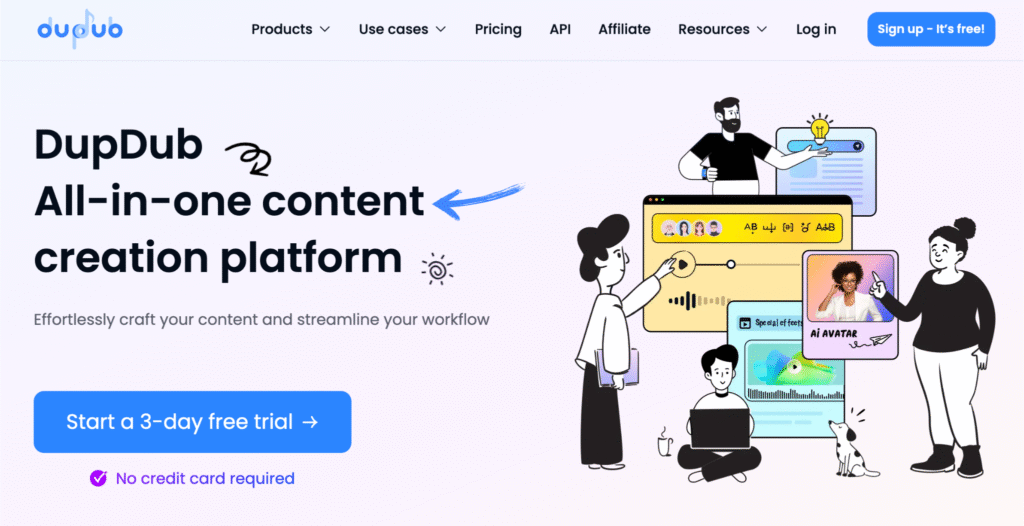
Our Take

Dupdub is a very specific tool that excels at what it does. However, if you only need a text-to-speech tool, its other features may feel unnecessary.
Key Benefits
- Create AI-powered video content.
- Choose from over 400 voices.
- Animate images with speech.
- Translate videos into many languages.
- Get an unlimited commercial license.
Pricing
- Free: $0/month
- Personal: $11/month
- Professional: $30/month
- Ultimate: $110/month
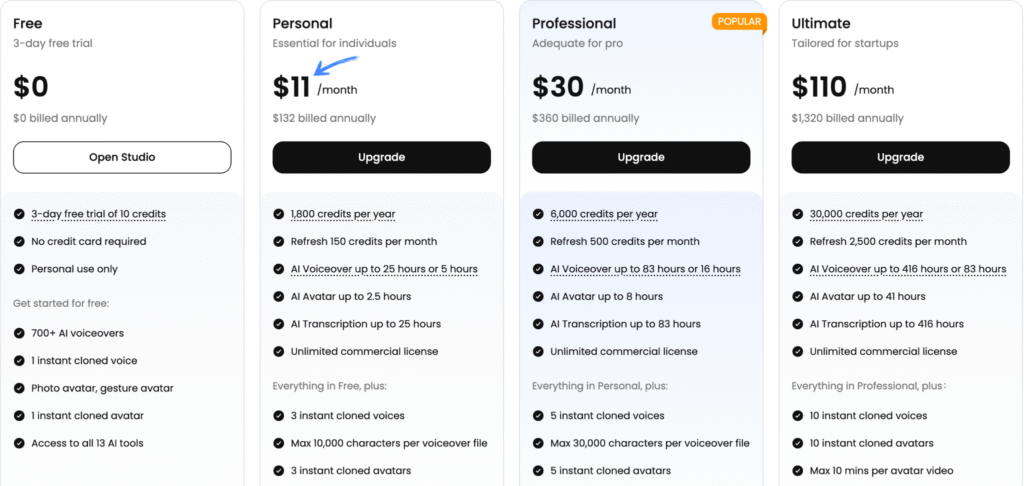
Pros
Cons
What to look for when choosing a PDF Audio Reader?
When picking a PDF audio reader, focus on these key features to ensure the best experience:
- Natural-Sounding Voices: Look for options with high-quality, human-like AI voices. Avoid robotic, monotone voices that can be tiring to listen to.
- Reading Speed Control: The ability to adjust the pace of reading is essential. You should be able to speed it up for quick reviews or slow it down for complex text.
- Multi-language Support: If you work with documents in different languages, make sure the reader can handle them accurately.
- Offline Mode: This feature lets you listen to documents without an internet connection, which is great for commuting or travel.
- File Format Compatibility: While your main goal is to read PDFs, a good tool might also support other formats like DOC, TXT, or EPUB.
- Accessibility Features: Look for tools that offer things like text highlighting that syncs with the audio, which can help you follow along and improve comprehension.
How can a PDF Audio Reader boost efficiency?
A speech PDF reader can greatly improve your productivity.
Imagine you have a long PDF document to get through.
Instead of spending hours staring at a screen, a pdf audio reader can read pdf files aloud for you.
This allows you to multitask. You can listen to the PDF file while doing chores or exercising.
The read-aloud feature turns your text into spoken words.
This makes it easy to handle multiple tasks at once.
Using text-to-speech technology helps you save time.
With a read-aloud feature, you can quickly review reports or articles.
It’s a lifesaver if you have visual impairments or want to give your eyes a break.
You can often choose your preferred reader voice, and the tool will read the PDF aloud using that voice.
Some of these text-to-speech apps can even generate audio files that you can listen to later, even without an internet connection.
This simple way to read aloud your content can make a huge difference in your daily routine.
Buyers Guide
When doing our research to find the best products, we determined our top choices using these factors:
- Pricing: We looked at the cost of each text-to-speech TTS tool, including free options, to see if they offered good value. We considered whether they required a subscription or had a one-time purchase fee.
- Features: We analyzed the powerful features of each speech reader. We sought features to read PDFs aloud, convert webpage text, and support various formats, including ebook files. We also checked for support for multiple languages and different accents.
- Negatives: We identified what was missing from each product. For example, did it lack a key feature like the ability to download audio for offline listening?
- Support or Refund: We checked if they offered customer support and a clear refund policy. We also sought a community or forum to assist users with their reading process.
- Ease of Use: We tested how easy it was to use each tool. Could you upload a PDF text or simply paste a link from a web page to start listening?
- Voice Quality: A major factor was the quality of the generated speech. We looked for natural voices and a variety of voice options to enhance the user’s experience.
- Flexibility: We considered how flexible the tools were. Could they read out loud a whole document, or just a selected text? Can you use them to turn ebooks into audiobooks, similar to Amazon Kindle and Google Play Books?
- Target Audience: We considered whether the tool was helpful for specific users. We paid special attention to those with reading difficulties, learning disabilities, or other learning disabilities who need to consume information differently.
- Accessibility: We evaluated whether the tools could be easily accessed. Were they available as mobile apps or a browser extension? Could they access and read a current page in a browser?
- Practicality: We considered real-world scenarios, such as long commutes, where an ebook file or webpage text could be read aloud to you.
- Overall Experience: Ultimately, we chose the ones that made it easy to enjoy listening and provided a great reading voice. We also considered whether the tool was better than a basic option like Adobe Acrobat Reader.
Wrapping Up
We’ve covered the best tools to read aloud your PDF documents.
If you have difficulty reading or just want to save time, these tools are a game-changer.
They turn your boring textual content into something you can listen to anywhere.
We’ve done all the hard work to find the top options, so you don’t have to.
Our guide helps you pick the right tool for your needs, whether you’re a student, a professional, or someone who just wants to multitask.
You can trust our research because we looked at what matters most: features, ease of use, and voice quality.
Now you can get started and pdf read aloud your files today!
Frequently Asked Questions
What is a PDF audio reader?
A PDF audio reader is a tool that converts the text in your PDF documents into spoken words. It uses text-to-speech technology to read the content aloud, so you can listen instead of reading.
How does a PDF audio reader work?
The software extracts text from the PDF file. Then, it uses a text-to-speech engine to generate a voice that reads the text aloud. Many tools also offer different voice options and speeds.
Can a PDF audio reader help with multitasking?
Yes, absolutely. By converting your documents to audio, you can listen while you’re commuting, exercising, or doing chores. This allows you to be productive and consume information hands-free.
Are these readers helpful for people with reading difficulties?
Yes, they are very beneficial. These tools make content more accessible for individuals with visual impairments or learning difficulties like dyslexia, offering a simple way to engage with written material.
Can I use a PDF audio reader on my phone?
Yes, many popular PDF audio readers are available as mobile apps for both iOS and Android. This lets you turn your documents into audiobooks and listen to them wherever you are.
